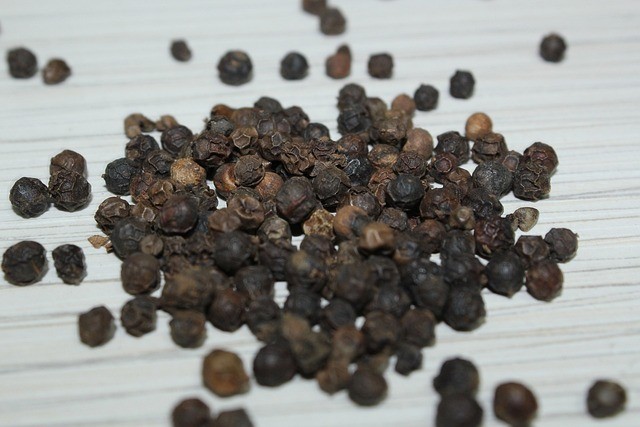The journey of black pepper (Piper nigrum) from its origins in Southeast Asia to becoming a globally coveted spice is a fascinating tale of exploration, trade, and cultural exchange. Here’s how black pepper made its way from the East to the West:
1. Origins in Southeast Asia:
- Black pepper is native to the Malabar Coast of India and is believed to have been used for thousands of years in Indian cuisine and traditional medicine.
- The spice was highly valued for its pungent flavor and medicinal properties.
2. Ancient Trade Routes:
- The ancient trade routes, including the Silk Road and maritime routes, played a crucial role in spreading spices like black pepper to different regions.
- Pepper’s journey was facilitated by merchants and explorers who recognized its value.
3. Roman Empire:
- The demand for exotic spices, including black pepper, drove trade between the Roman Empire and the East.
- Pepper became a symbol of luxury and was used to flavor foods, preserve meat, and in perfumes.
4. Middle Ages and the Spice Trade:
- During the Middle Ages, the spice trade flourished as European powers sought to establish direct trade routes to the East.
- Black pepper was a valuable commodity, and its scarcity contributed to its high price.
5. Age of Exploration:
- The search for direct sea routes to Asia, prompted by Columbus and Vasco da Gama, led to the Age of Exploration.
- European powers like Portugal, Spain, and later the Netherlands and England, aimed to bypass intermediaries and control the spice trade.
6. Colonial Expansion:
- The Portuguese established trading posts in India and gained control over key spice-producing regions, including Malabar.
- The Dutch and English followed suit, establishing their own colonies and trade networks.
7. Spice Islands and Cultivation:
- The Dutch East India Company gained control over the Moluccas (Spice Islands), where black pepper and other valuable spices were grown.
- The Dutch protected their monopoly by prohibiting the export of live pepper plants to other countries.
8. Global Spread:
- As European powers established colonies and trade routes, they introduced black pepper to various parts of the world, including the Americas and Africa.
- The spice became a staple in cuisines around the globe, influencing local dishes and cultures.
9. Modern Usage:
- Today, black pepper is one of the most widely used and traded spices worldwide.
- It’s an essential ingredient in countless recipes, ranging from savory to sweet dishes.
The journey of black pepper reflects the interconnectedness of cultures, the influence of trade, and the impact of exploration and colonization. It transformed from a prized ingredient in the cuisines of ancient civilizations to an everyday spice enjoyed by people across continents.










